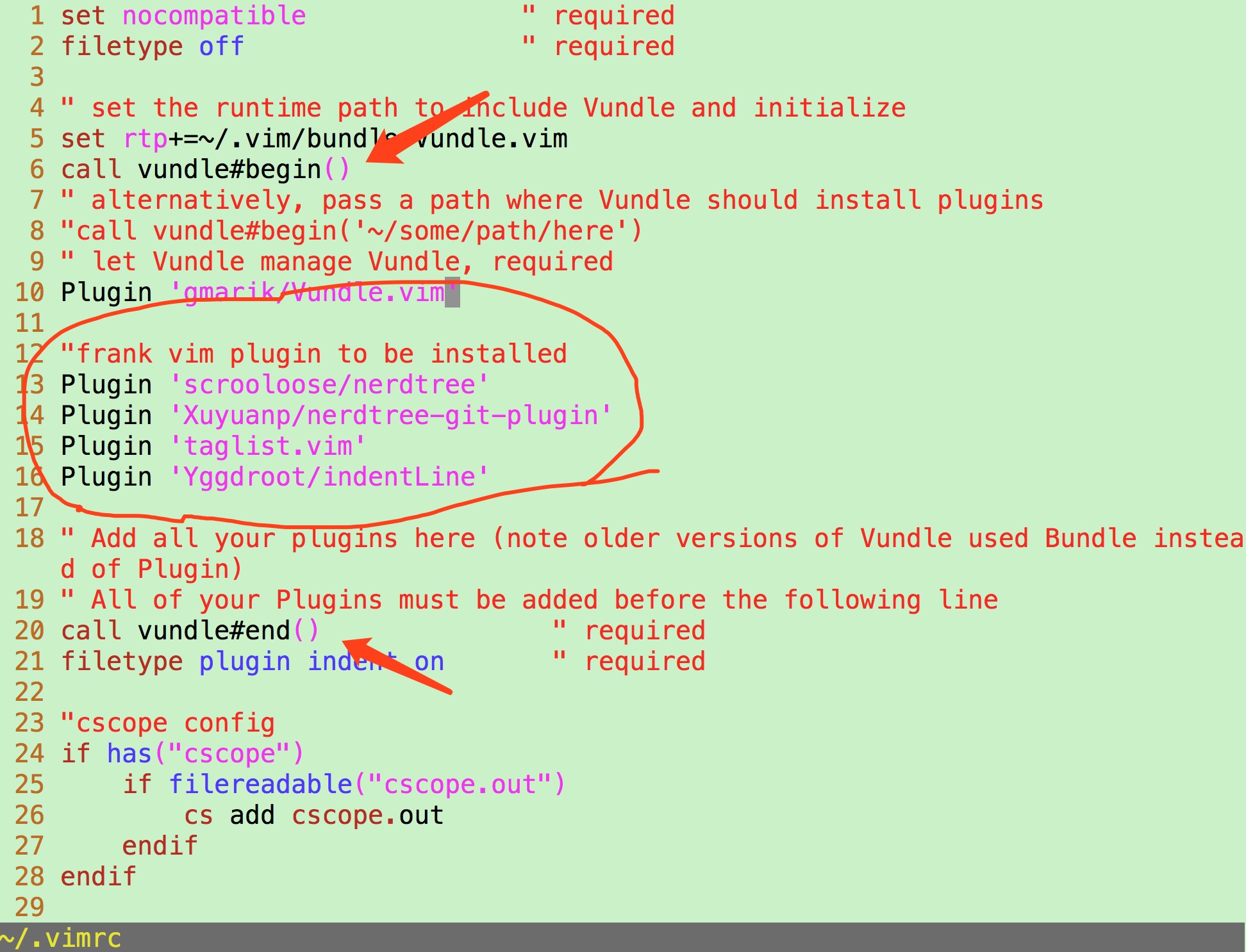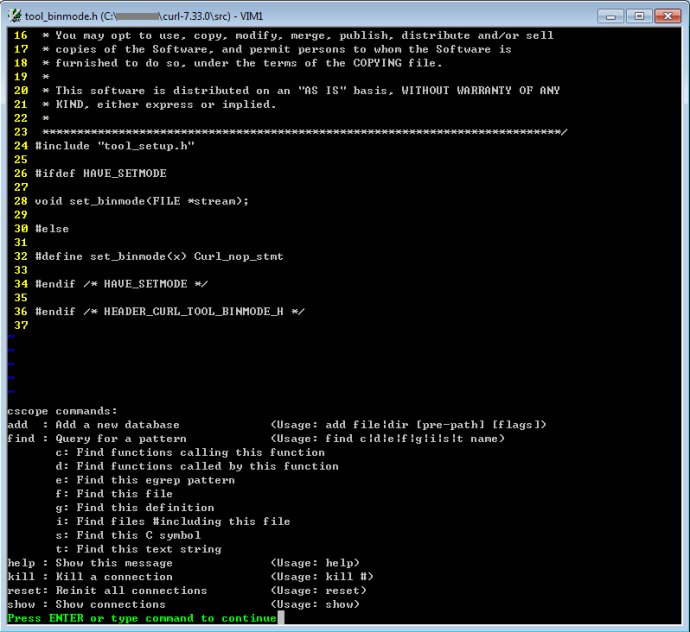

- #CSCOPE FOR WINDOWS WINDOWS 10#
- #CSCOPE FOR WINDOWS SOFTWARE#
- #CSCOPE FOR WINDOWS CODE#
- #CSCOPE FOR WINDOWS WINDOWS#

$find -type f -iname ‘*.c’ -o -iname ‘*.cpp’ -o -iname ‘*.h’ -o -iname ‘*.hpp’ -o -iname ‘*.cc’ -o -iname ‘*.hh’ -type f > /home//xyz/abc/cscope.files For example if you decide to place it under /home/xyz/abc instead of ~/ then in your environment the CSCOPE_DB should be set as:Įxport CSCOPE_DB=/home/xyz/abc/cscope.outįor re-generating the cscope.out you can to do: You can place the cscope.out file anywhere you like but you have to keep in mind the CSCOPE_DB should be pointing to that location.
#CSCOPE FOR WINDOWS CODE#
So if you were to start working with a different code base at a later point of time, you have to regenerate your cscope.out file as described above. Remember in this configuration the CSCOPE_DB will always point to ~/cscope.out. vimrc file:Īfter opening a vim session do the below:Īlternatively you may add it in your ~/.vimrc file as below: So to search in cscope database add the following in your. cscope: cannot create inverted index ignoring -q option cscope: removed files ncscope.in.out and ncscope.po.out.

You may have to register or Login before you can post: click the register link above to proceed.

#CSCOPE FOR WINDOWS WINDOWS#
/./kernel/topic/include/ -type f -iname ‘*.c’ -o -iname ‘*.cpp’ -o -iname ‘*.h’ -o -iname ‘*.hpp’ -o -iname ‘*.cc’ -o -iname ‘*.hh’ -type f > ~/cscope.filesīy default ctrl-] doesn’t look into the cscope database rather it looks into the ctag database. When using cscope under windows, the following prompt appeared when using the Q option: D:\Temp> cscope -Rbkq Input file specified two times. CScope on Windows If this is your first visit, be sure to check out the FAQ by clicking the link above. You can specify multiple directory to find command above. Then add the path (properly escaped) to your cscope database: cs add C:toolssrc Now you should be able to use cscope just fine. Next you need to set the path to the cscope executible inside vim: se csprgC:toolsbincsope.exe. The path of the cscope database file can be customized according to your environment. Create the cscope database: C:Toolssrc>c:toolsbincscope.exe -bv. For ctags, there is a nice trick: with the command :set tagstags. The last statement "Command LoadCscope call LoadCscope()" means that we can use command :LoadCscope to call the function LoadCscope for convinence.Run the below script from the top level project directory.įind -type f -iname ‘*.c’ -o -iname ‘*.cpp’ -o -iname ‘*.h’ -o -iname ‘*.hpp’ -o -iname ‘*.cc’ -o -iname ‘*.hh’ -type f > ~/cscope.filesĬscope -q -R -b -i ~/cscope.files -f ~/cscope.out However, if you start Vim from say /proj/src/a/b/c/, while cscope.out is at /proj/src/, that cscope.out wont be loaded automatically. Let s:AFullPath = globpath(s:FullPath, "cscope.out") Obviously I understand that sh (shell) is not available on Windows. When I run cscope-index-files, it complains of sh not found.
#CSCOPE FOR WINDOWS WINDOWS 10#
Let path = strpart(UpperPath, 0, match(UpperPath, "cscope.out$") - 1) minesh minesh varmas <> writes: minesh> i installed cscope in windows xp using cygwin. Has anyone been able to successfully configure cscope on Windows 10 Ive emacs 25 and downloaded the cscope package using ELPA.Let UpperPath = findfile("cscope.out", ". If (executable("cscope") & has("cscope")) If somebody use gVim in the windows(like me use Winxp), a modified script for the _vimrc script maybe helpful as follow: " else add the database pointed to by environment variable Set nocscopeverbose " suppress 'duplicate connection' error
#CSCOPE FOR WINDOWS SOFTWARE#
Let path = strpart(db, 0, match(db, "/cscope.out$")) cscope is a programming tool which works in console mode, text-based interface, that allows computer programmers or software developers to search source. This tip provides the same "autoloading" functionality for Cscope. However, if you start Vim from say ~/proj/src/a/b/c/, while cscope.out is at ~/proj/src/, that cscope.out won't be loaded automatically.įor ctags, there is a nice trick: with the command :set tags=tags / Vim will look for tags file everywhere starting from the current directory up to the root. Tip 1668 Printable Monobook Previous Nextīy default, Cscope script adds cscope.out from Vim's current directory and from $CSCOPE_DB.


 0 kommentar(er)
0 kommentar(er)
